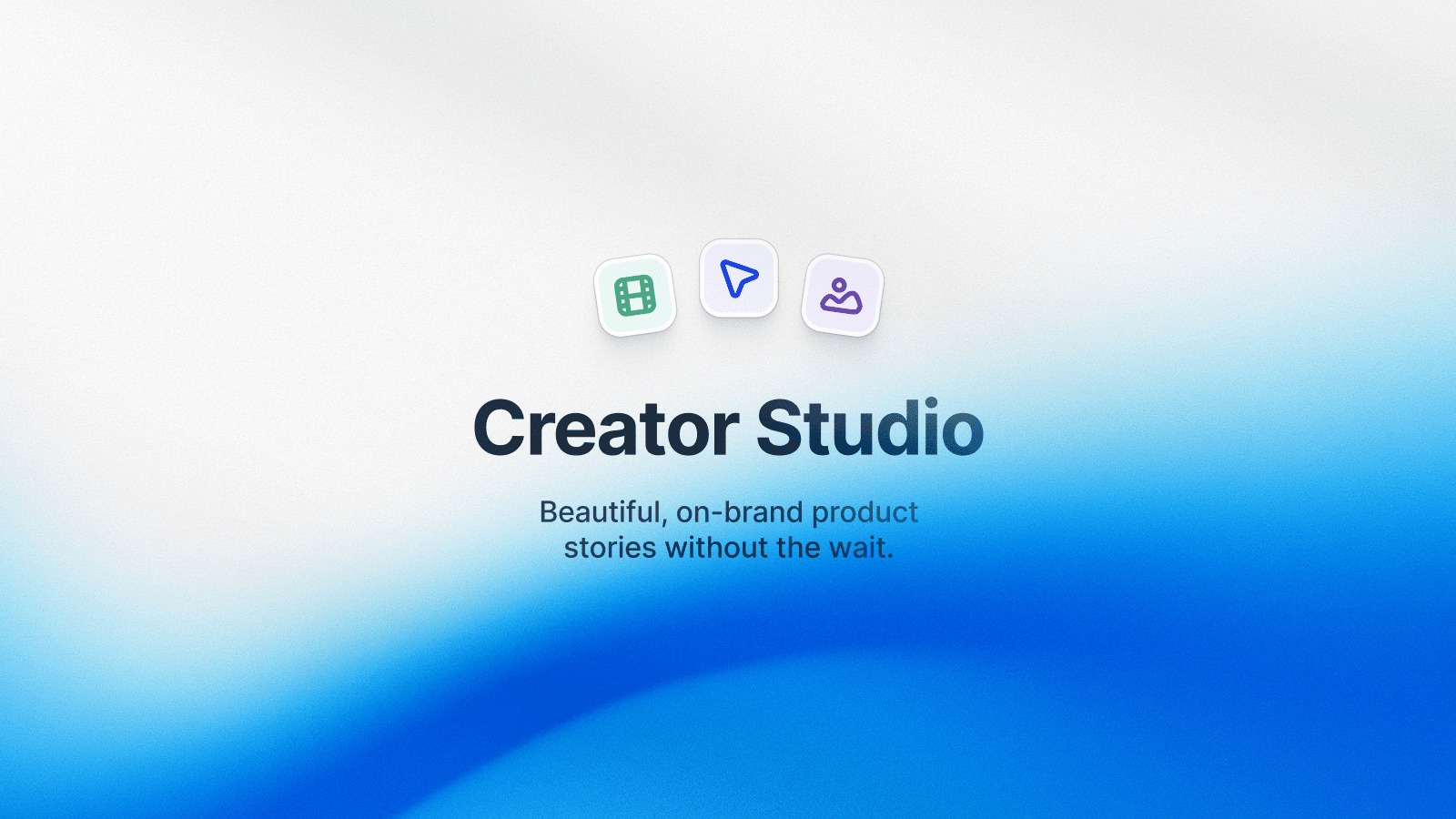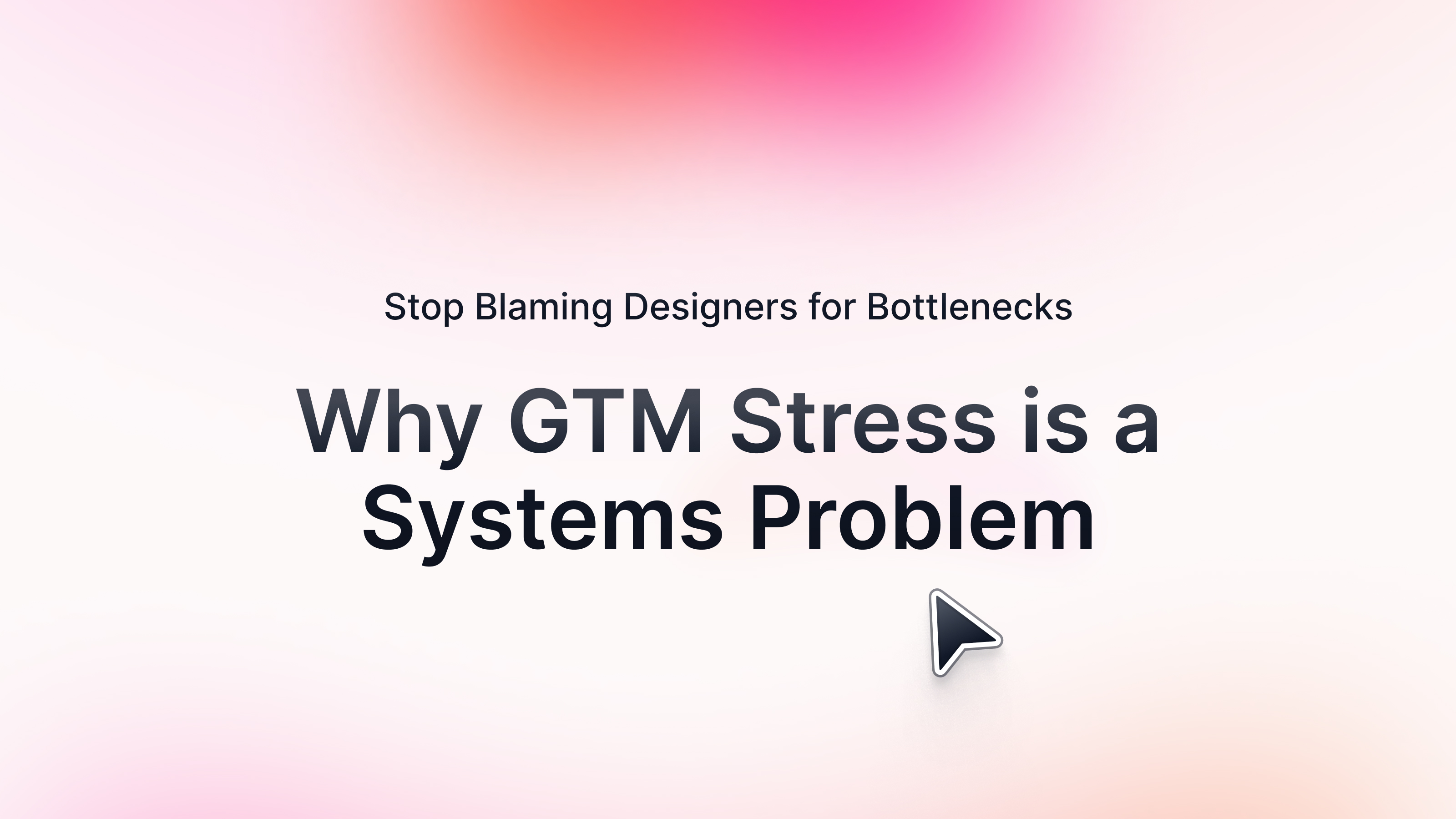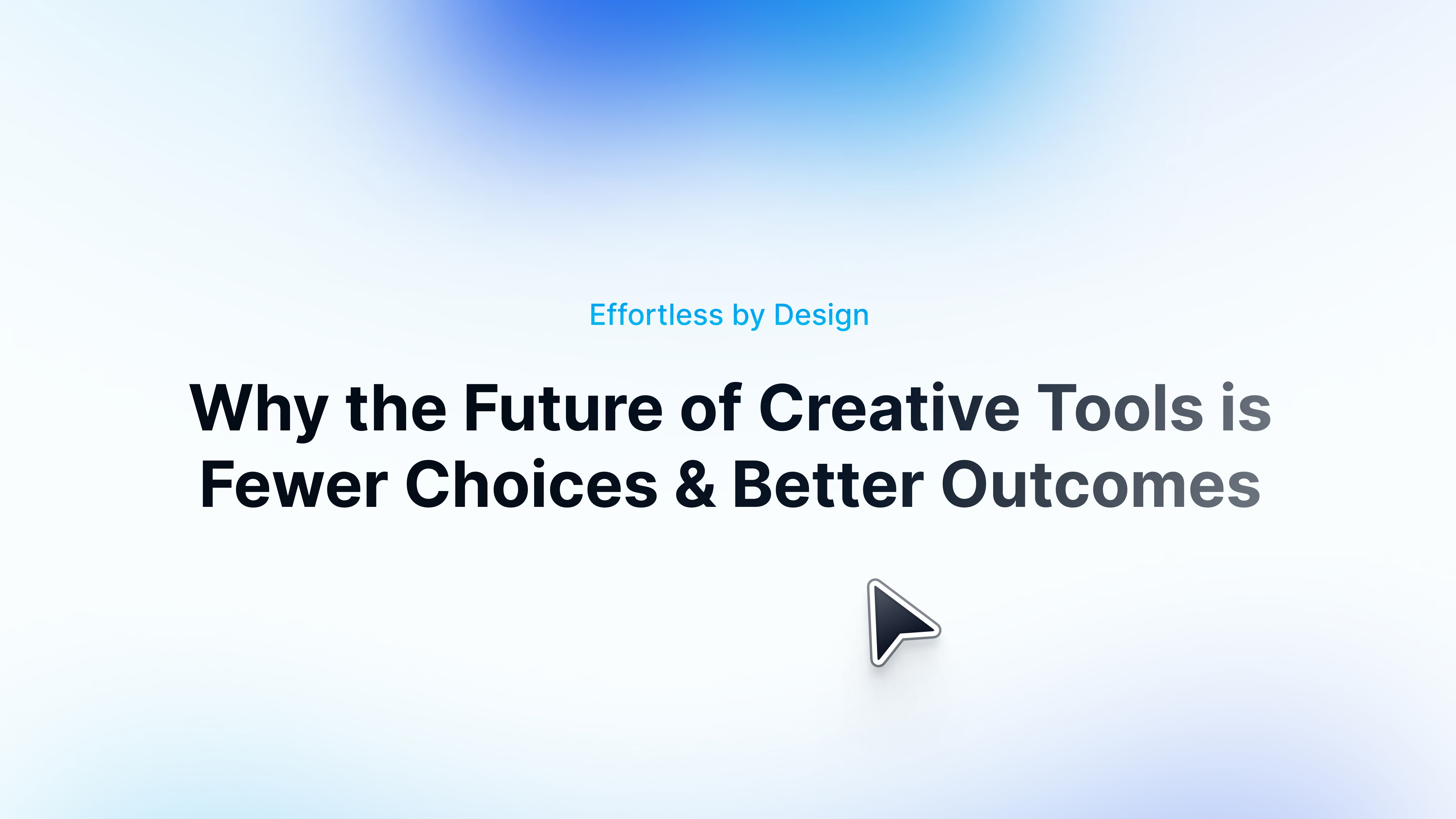In 2024, product tours are simply table stakes if you build and sell software. When used correctly, product tours can be a cornerstone piece of your marketing, sales, and product strategy – whether that’s to increase conversion, build pipeline, or even to drive product adoption.
According to McKinsey, 99% of B2B Buyers suggested that they would make a software purchase in an end-to-end self-serve model. It’s a mind-blowing figure, but it makes complete sense! Would you rather try to book a time with a salesperson, wait for the appointment, then sit through a 30-minute, sometimes an hour-long sales meeting just to be shown bits and pieces of the product?
Or would you rather immerse yourself in an engaging interactive product tour that seamlessly gives you the steering wheel to control your own pacing, dig deeper into the product UI, and experience how it feels actually to use the product?.
Closing a deal is also only the first half of the battle. Activating your customers, reducing churns, retaining them, and helping them succeed with your product cannot be overlooked when considering product tours and developing content. After all, you want your customers to enjoy using your products and remain customers for a long time. Well-designed onboarding product tours are powerful tools to educate users and drive effective product adoption, improving the experience of using your product.
Core features of product tour softwares:
The right product tour software for you and your business will depend on your specific needs. If you are looking to create visually stunning interactive product tour experiences without having to spend a significant amount of time tinkering around with codes and assets, here are some of the core features you should consider in a product tour software:
- No-code/Ease of use: Everyone in your organization, from the CEO to your customer support team, should be able to spin up an interactive product tour without struggling with haphazard, clunky, and complicated UI.
- Scalability: The ability to scale content and distribution is critical for fast-moving teams. This can take various forms, including exporting the content into different formats (e.g., video, and GIFs) or translating the tour into different languages.
- Multi-device compatibility: Boston Consulting Group conducted research that found that at least 80% of B2B Buyers use mobile devices at work, which is expected to continue increasing. It’s critical to provide an experience that will render correctly on your audiences devices.
- Powerful customization and personalization: Attention spans are short, so you need to keep your viewers engaged and focused throughout the tour. This also means your product tour software needs to have a comprehensive suite of tools and elements to make your product tour not only visually beautiful but also enjoyable and engaging. This can include annotations, music, voiceovers, tooltips, hotspots etc.
- Tracking and analytics: Tracking user engagement and behavior during the tours, such as play rates, completion rates, and drop-off points, is crucial to optimizing and improving your product tours. They are living assets meant to evolve with you and your product.
- Native integrations with other tools: Your tech stack should work with you, not against you. Product tour software that integrates seamlessly with your existing tech stack would allow you to understand the viewers' behaviors more deeply and give you insights you otherwise might miss.
Compare interactive product tour softwares:
Let's take a look and compare some of the most popular software for creating product tours.

1. Arcade
Arcade is a product tour and interactive demo platform that enables users to create, manage, and distribute highly customizable and engaging tours or demos without writing a single line of code. Seen as a design-forward product, Arcade customers share that it is a super intuitive, delightful, and beautiful experience for both creators and viewers.
Top Features
• Desktop app and Chrome extension for recording (the only interactive demo platform with a desktop app!)
• Video camera recording and voiceover
• Ability to add video, image, and PDFs to any demo
• Exports to video and GIF formats
• Collections (ability to combine multiple Arcades into a single landing page)
• Integrations with GTM tools
Useful AI features
• Synthetic voiceover
• Auto-captions
• Translations to 11+ languages
Pros
• Powerful features to build an engaging and beautiful storytelling experience
• No code, Easy to use, quick to create and publish tours
• Multiple formats supported: Embedded inside product, video, GIF
• AI features to support: synthetic voice, auto-captions, and translations
• Native integrations with other GTM tools in your stack
• Has free plan
Cons
• Limited workspace organization
• Some more advanced features are only available to paid users
Pricing
• Free: $0 for 1 user
• Pro: $32/month/user with annual billing
• Growth: $42.50/month/user with annual billing
• Enterprise: Contact sales for pricing

Navattic is a platform that creates interactive product tours to improve user onboarding and product adoption.
Pros
•No-code/low requirement for engineering support
•Native integrations with other tools
Cons
•No free plan or trial
•Steep learning curve with the recording process
•The UX on mobile is not optimal
•No public changelog
•Can’t include external media (audio or video)
•Lack of bulk customization options
Pricing
•Base: $500/month with annual billing
•Growth: $1,000/month with annual billing
.jpeg)
3. Storylane
Storylane is a no-code demo platform designed for B2B Marketing and Sales Engineering teams. It allows them to capture product tours for a range of use cases.
Pros
•No code is required to get started
•Ability to include video in demos
•Lower entry price & limited free version
Cons
•Lack of consistent customer support
•Does not offer a trial for paid plans
•UI/UX can be clunky to use
Pricing
•Free: $0 for 1 user
•Pro: $40/month/user with annual billing
•Growth: $100/month/user with annual billing
•Enterprise: Contact sales for pricing
.jpeg)
4. Consensus
Consensus is a demo automation platform designed to help businesses by creating product demos tailored to individual prospects.
Pros
•Good customization capabilities
•Support for lead qualification and stakeholder mapping
•Can incorporate PDFs and Documents into the experience
•Can incorporate multiple demos/videos into a single demo experience
Cons
•Steep learning curve
•Designed mainly for sales and pre-sales use cases
•Limited personalization after the first step
•Requires a lot of pre-existing content to upload into the video
•No public pricing
Pricing
•Contact sales for pricing
.jpeg)
5. Walnut
Walnut is a software platform that enables companies to create interactive and customizable product demos.
Pros
•Codeless interactive demo platform
•Broad customization options
•Integrations with popular Go-to-market tools
Cons
•Focuses solely on the Sales use case
•Complex editing tool requiring a significant ramp-up time
•Implementation can take a long time
•Product changes require demos to be rebuilt
•Risk of bugs/latency when live demoing
•No-clear pricing
Pricing
•Contact sales for pricing








